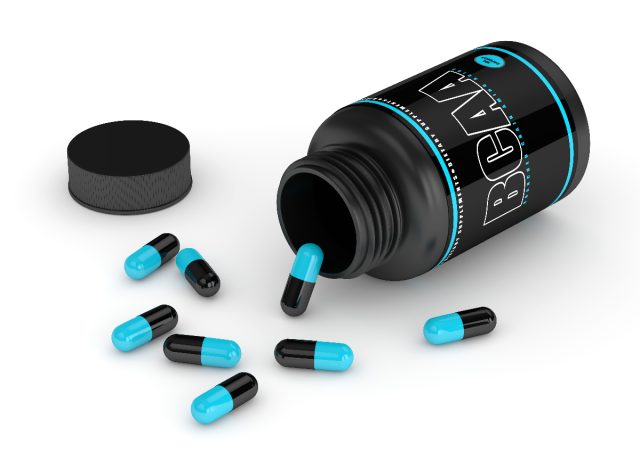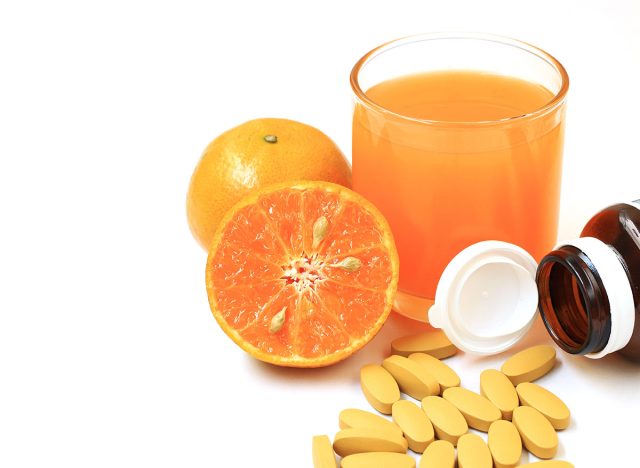It's no secret that America is the fast food capital of the world. 38% of the global fast food revenue is generated domestically – even though the US holds just 4.2 percent of the population – and according to the CDC, 36.6% of American adults eat fast food daily. However, like most things in this country, fast food isn't as popular in some states as in others. A new study by the Escoffier School of Culinary Arts was determined to answer the burning question: Which states eat the most fast food? To find out, they examined three metrics: The percentage of fast-food restaurants in the state, the number of fast-food joints per 100,000 people, and fast-food spending as a percentage of total spending. Then, they ranked the top fast food capitals based on combined scores across the categories – and you might be shocked to find your home state on the list.
Oklahoma

Oklahoma rounds out the top ten with a score of 69.76. The South Central state, home to Oklahoma City and Tulsa, boasts over four million residents. The state failed to break into the top five in any individual categories. Popular fast food brands there include Raising Cane's, Golden Chick, and Chick-fil-A.
New Mexico

New Mexico came in ninth place overall with a score of 73.39. The southwestern state has the second-highest percentage of fast-food restaurants overall with a whopping 42.02%, five percent less than Maryland. It is probably because like Maryland, New Mexico's total number of restaurants isn't very high and is among the bottom five states in terms of the total number of restaurants statewide. "This indicates that, while these states may not have a high demand for restaurants in general, they have a disproportionately high demand for fast food in particular—qualifying them as some of the fast food capitals of the country," the study authors write.
Massachusetts
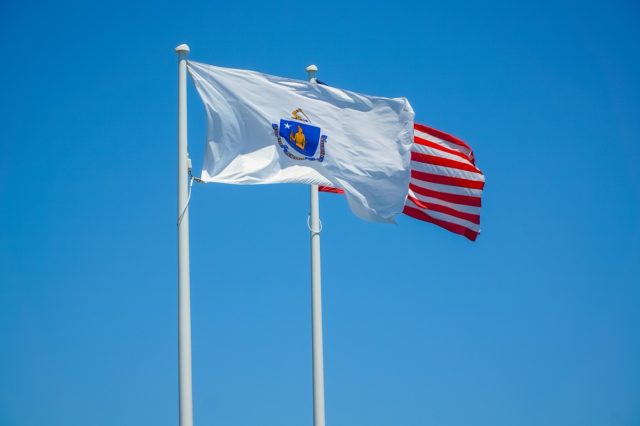
Massachusetts is a more surprising entry in the top ten, ranging eighth. The Northeast state scored 74.99 overall. It only made it into the top five in one category: The highest share of spending on fast-food restaurants. It came in fifth, with people spending 20.83% – of $1 out of every $5 – of their food budget on fast food. According to a recent study, Dunkin' is the most popular fast food brand in the entire state, followed by Domino's in second place, Panera Bread, Chipotle, and Taco Bell.
Ohio
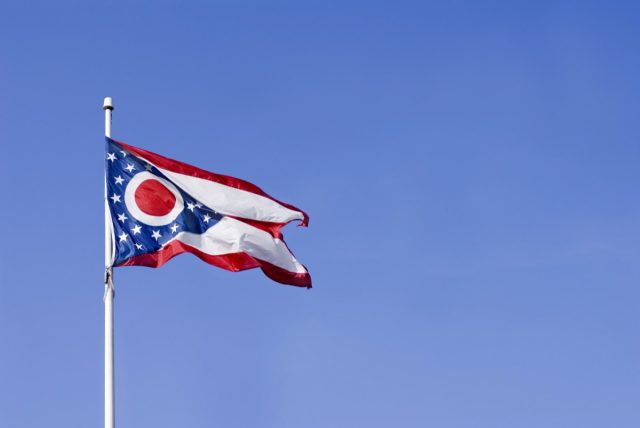
Ohio nabbed the seventh spot in the fast-food nation with a score of 79.33. The midwestern state ranked fifth in most fast food restaurants per 100,000 people with 82.42. Ohio's high ranking is likely due to the state's total population, as "there are enough consumers" in it "to support large numbers of fast food restaurants," writes the researchers. Ohio is the seventh most populous state in the country with approximately 11.9 million residents. Fast food is also quite popular in the Midwest, with chains like White Castle, Culver's, and Portillo's thriving in those states.
California
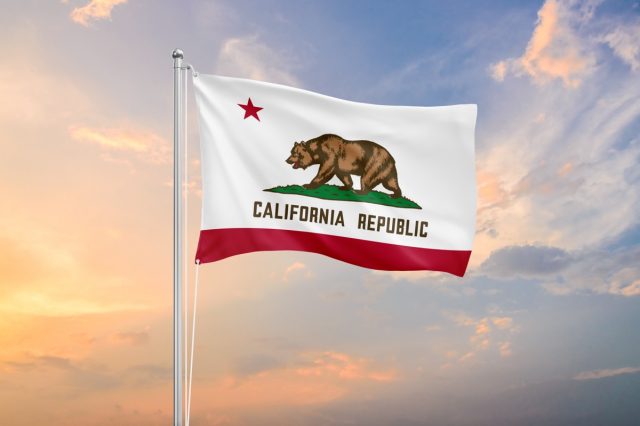
California ranked sixth in the top ten with an 84.62 score overall. However, the West Coast state didn't make it into the top five of any individual categories. A likely explanation? California is the third most visited state in the country, according to the International Trade Administration with over 6.269 million international visitors annually alone. And, in terms of top cities in the country visited, Los Angeles and San Fransisco both made it into the top five. Keep in mind that the analysis incorporates United States Department of Agriculture (USDA) data on "limited-service restaurants" defined as restaurants that "typically specialize in a particular type of food, such as hamburgers, pizza, or chicken, and customers order and pay at a counter before they get their food or beverage" – so healthier options like salad places are included.
Hawaii
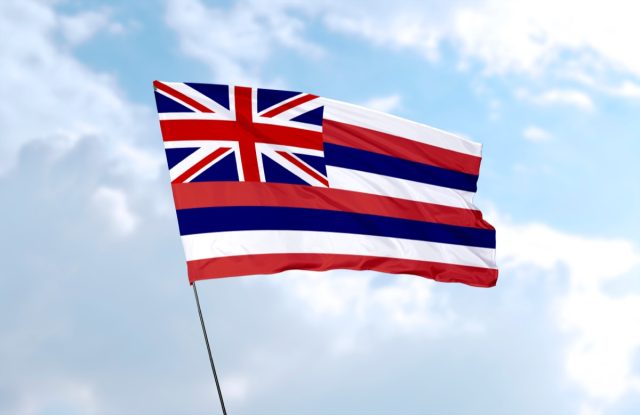
Another tourism hotspot, Hawaii, is the fifth largest fast food capital in the country, with a score of 94.85. The island chain boasts 95.11 food restaurants per 100,000 people, achieving it the top spot in that category. It is also the second top state with the highest share of spending on fast food restaurants, 21.66% or over $1 per every $5 of food spending devoted to fast food. Researchers point out that Hawaii ranks first and third in the ratio of tourists to residents, so it's likely that the influx of visitors supports the thriving fast-food community. Hawaii is also one of the top states regarding a thriving overall food scene.
New York
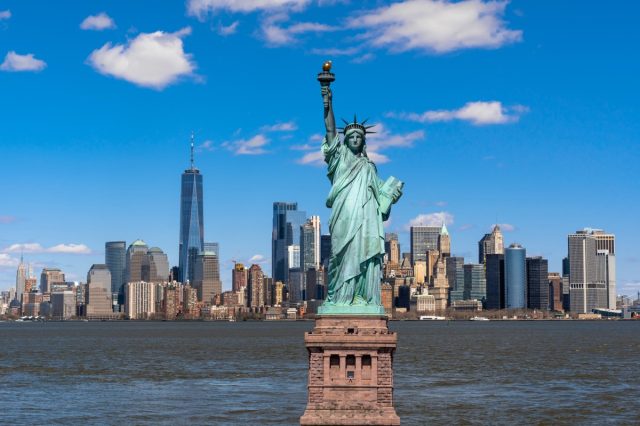
Not only is New York home to New York City, the biggest city in the country, but it is also the fourth largest fast food capital with a score of 95.68. The state also ranked second in terms of most fast food restaurants per 100,000 people with 90.87 and third with the highest share of spending on fast food restaurants, 20.73. According to Escoffier's analysis of overseas tourist data from the US Department of Commerce, this could be explained by the fact that New York is third in the ratio of tourists to residents. The booming tourism economy and the fact that fast food is convenient for travelers could be responsible for the high ranking.
Illinois
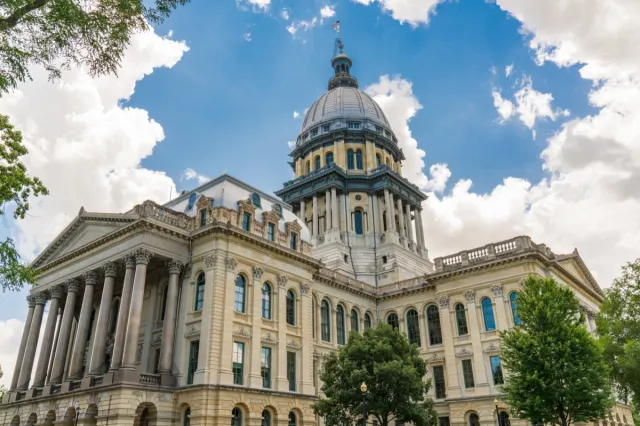
Over in the midwest, Illinois is the fast food capital and third overall with a score of 95.70. The state, home to one of the largest cities in the country, Chicago, ranked fourth in most fast food restaurants per 100,000 people with a score of 84.32. It also ranked fourth as a state with the highest share of spending on fast food restaurants, with 20.49% of total food budget spent on fast food, translating to out of every $5 residents spent on food, more than $1 was spent on fast food specifically. The high ranking on the list could be explained by the fact that like some of the other top spots on the list, Illinois is a "relatively dense, relatively wealthy" state with a "large tourist" economy due to Chicago, one of the most visited states in America.
Nevada

Nevada is one of the most touristy states in the country, with Las Vegas as the biggest draw. The home of Sin City is the second-place fast food capital of the United States, with a score of 97.24. According to the findings, Nevada was the top state in terms of the highest share of spending on fast food restaurants, with people spending 21.79 of their food budget on fast food. In Nevada, which also ranked in the top five in Escoffier's US states with the best food scene, residents spend $1 out of every $5 of their food budget on fast food. Because Nevada is in the "middle of the pack" regarding total income, researchers conclude that this statistic "shows the real dining habits of people in these states, irrespective of income or other factors."
Maryland
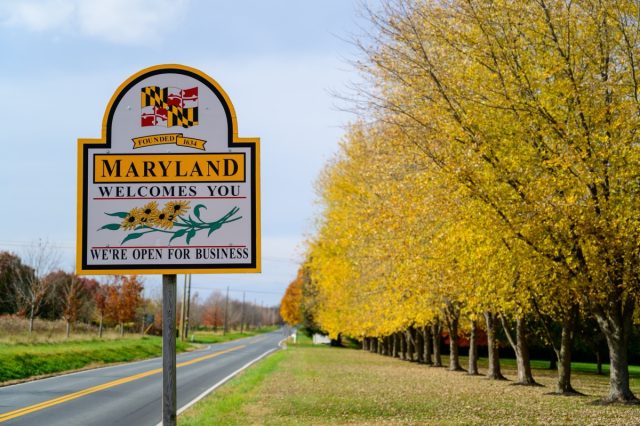
Maryland might not be one of the biggest states in the country, with a population of 6,309,380, making it the 18th most populated state. However, it is the fast food capital of the United States. Almost 47 percent of all restaurants in the state are fast food joints, which is 31 percent higher than the national average of 35.70% and 5 percent higher than the number two slot. "This is partially owing to the fact that Maryland has an unusually small number of total restaurants—187.26 restaurants per 100,000 people, compared with a national average of 211.17," the study authors point out. Maryland also placed third in the most fast food restaurants per 100,000 people with 87.57.




